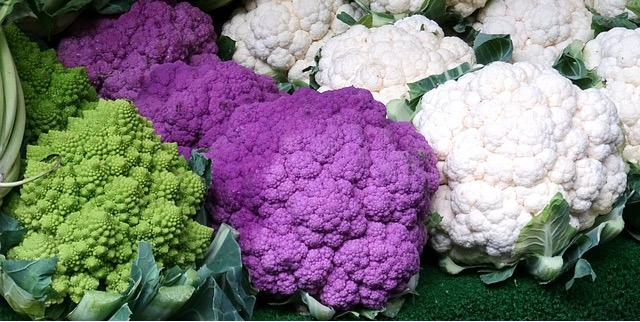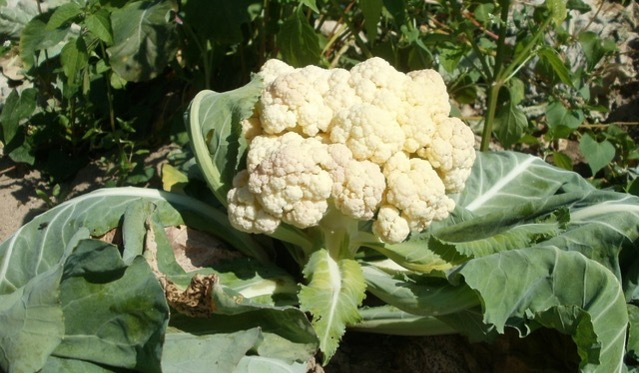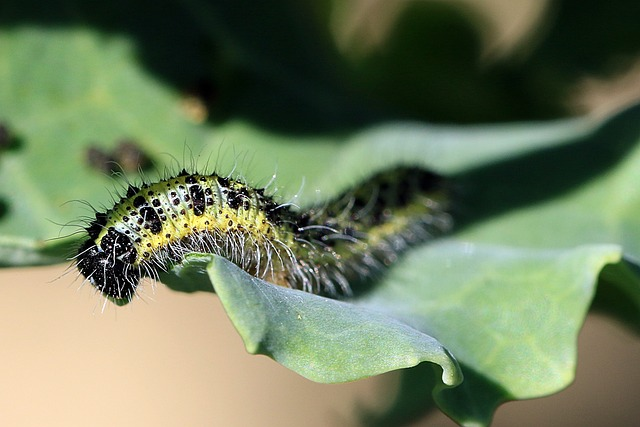Growing cauliflower: how it works
Growing cauliflower: Location, soil & planting distance
Cauliflower belongs to the cruciferous family (Brassicaceae), likes a sunny to semi-shady spot and a slightly loamy, but well-drained and humus-rich soil. It is a deep-rooted plant and, like all cabbages, a heavy eater and therefore needs a lot of nutrients. A pH value of 6.5-7.5 is ideal. You should leave about 50-60 cm of space between the plants so that they have enough room to grow. In the row, a distance of between 50-70 cm is recommended, depending on the variety.
Cauliflower varieties according to season

- Early varieties (e.g. 'Balak', 'Erfurter Zwerg', 'Frühernte', 'Goodman') - Late varieties (e.g. 'Di Verona Tardivo', 'Herbstriesen', 'Tabiro Ks') - Winter varieties (e.g. 'All Seasons', 'Balak', 'Selektion Z' and 'Walcheren Winter') 'All Seasons', 'Balak', 'Selektion Z' and 'Walcheren Winter') - Green varieties (e.g. 'Romanesco Natalino', 'Romanesco Precoce', 'Verde Macerata') - Purple varieties (e.g. 'Di Sicilia Violetto', 'Graffiti')
Preplanting & sowing cauliflower
Depending on the variety, cultivation starts at the end of January/beginning of February (early varieties) or from March-May (late varieties). Winter varieties are usually pre-grown in July/August. Germination period: approx. 1 week at 18°C. Sowing depth: 0.5-1 cm. After germination, however, you should place them a few degrees cooler (12-15°C). Direct sowing outdoors is possible (early & late varieties: April-June, winter cauliflowers: July-August). However, direct sowing should tend to sprout more often than pre-grown seedlings.
Caring for cauliflower plants

Cauliflower needs an even, medium level of moisture for healthy growth, otherwise it tends to bolt. You should also avoid waterlogging at all costs, as cauliflower plants cannot tolerate this. Mulching can also help to retain moisture in the soil. Cauliflower needs some fertilizer (e.g. nettle slurry) every few weeks as it is a heavy eater. Weeds should be weeded and removed as required to give them enough space and nutrients.
Cover & tie up the cauliflower
Cauliflower heads are often covered with their leaves or similar to protect them from sunburn and keep them nice and white. Carefully tie healthy leaves, if they are large enough, over the head. Leave some air between the leaves and florets to prevent any rotting. The slight brown coloration caused by the sun is not a problem and you can still eat the cauliflower if it has turned a little brown.
Cauliflower: Good neighbors, bad neighbors
Good neighbors: eggplant, beans, peas, nasturtium, chard, carrots, peppers, postelein, lettuce, celery, spinach and tomatoes Bad neighbors: strawberries, garlic, cruciferous vegetables, leeks and onions
Cauliflower: pests & diseases

Cauliflower can be attacked by a number of pests and diseases, including aphids, cabbage heartworm, cabbage fly, cabbage hernia, cabbage whitefly, downy mildew, slugs, soft rot and whitefly. Cabbage white butterflies like to lay their eggs on cabbage plants. Crop protection nets can help to protect your plants from pests. Birds also like to feed on young plants, as do snails, which eat the leaves of cabbage plants very quickly.
Harvesting cauliflower: When do you harvest cauliflower?

Before you harvest cauliflower, you should stop fertilizing about 2-4 weeks beforehand. This will ensure that the nitrate content in the vegetables does not increase too much. Cauliflower is ready to harvest when the heads are firm, the florets are still closed and lie close together. The first early cauliflower varieties are ready for harvest in June, while late varieties can be harvested until October and November.
Storing & preserving cauliflower
Cauliflower should be stored in the fridge or cool cellar, where it will keep for around 1-2 weeks. Canning, drying and freezing are other ways to extend the shelf life of your cauliflower.


